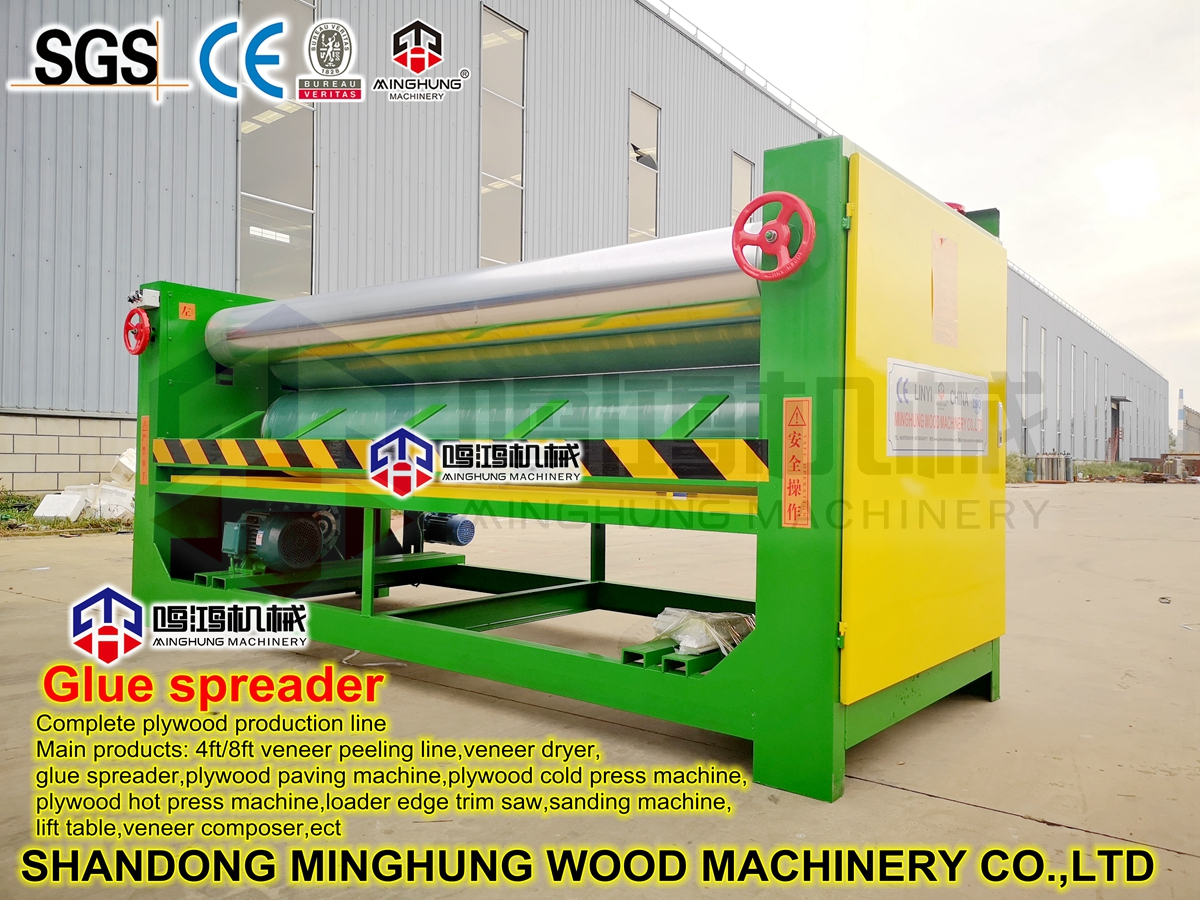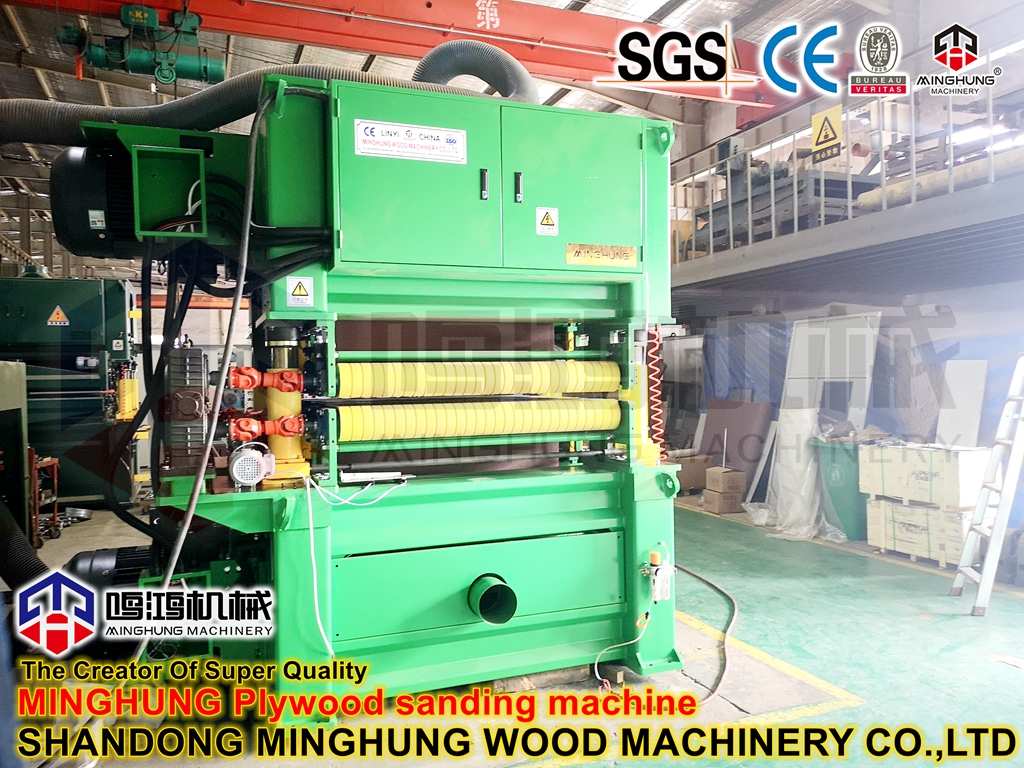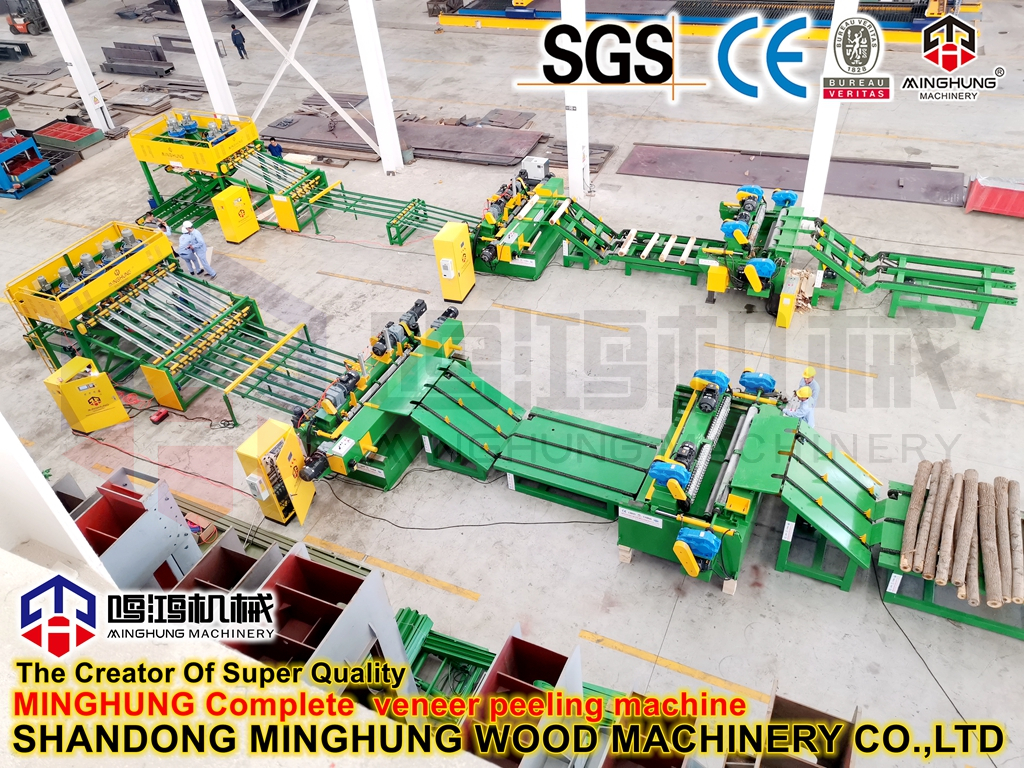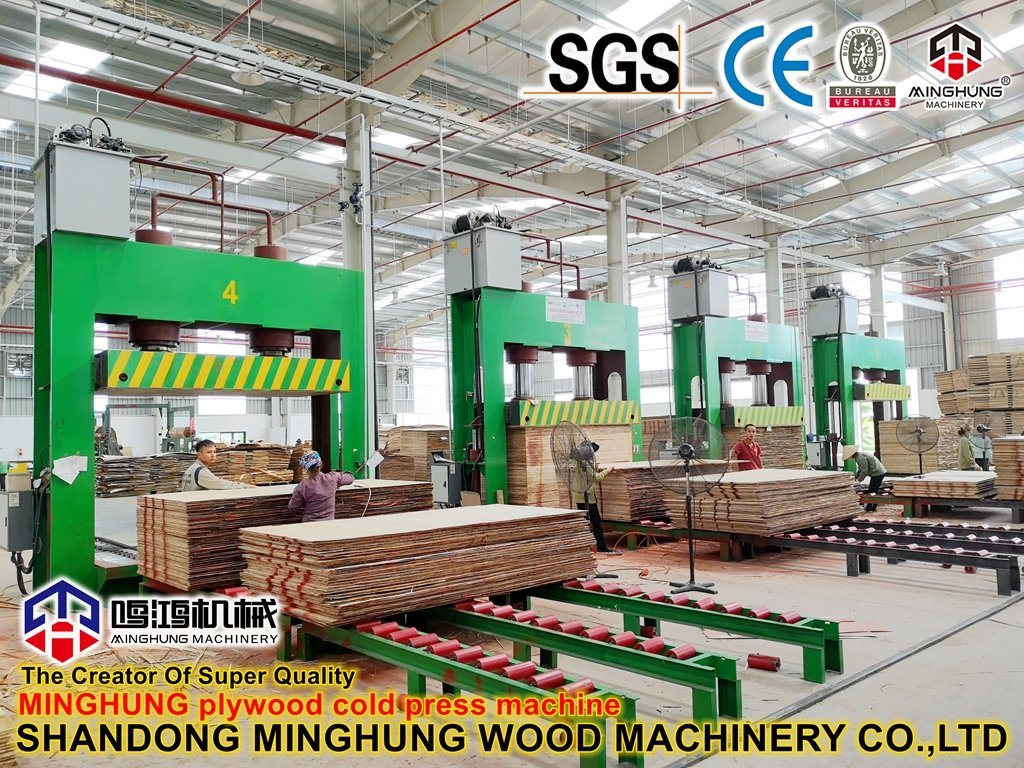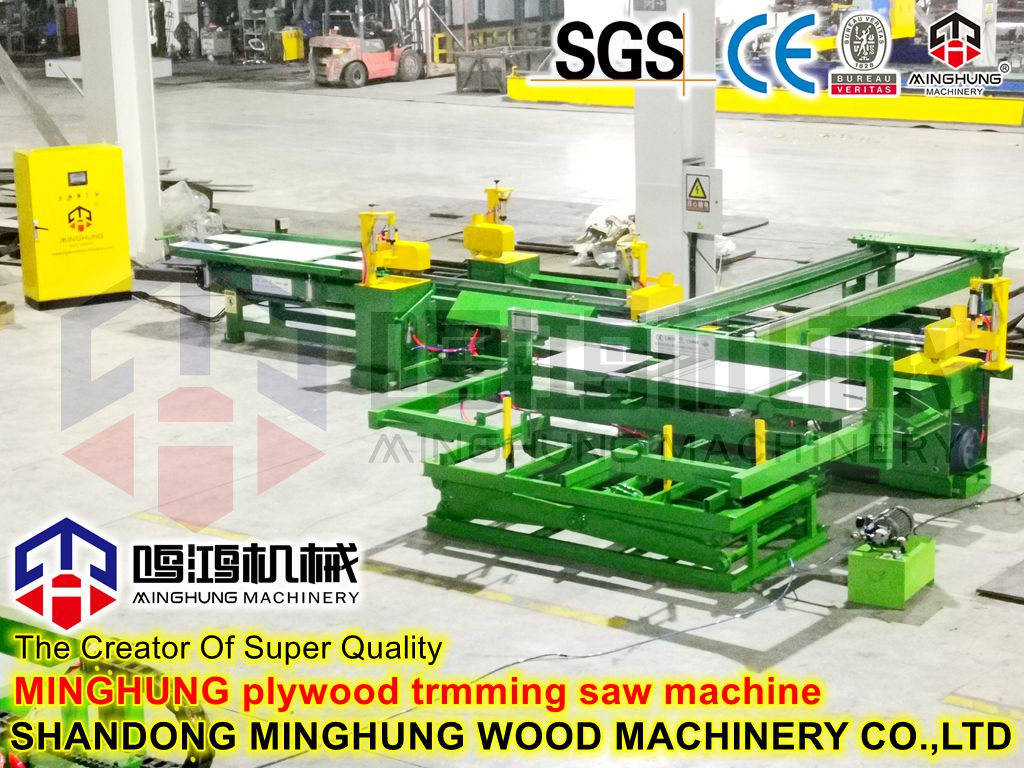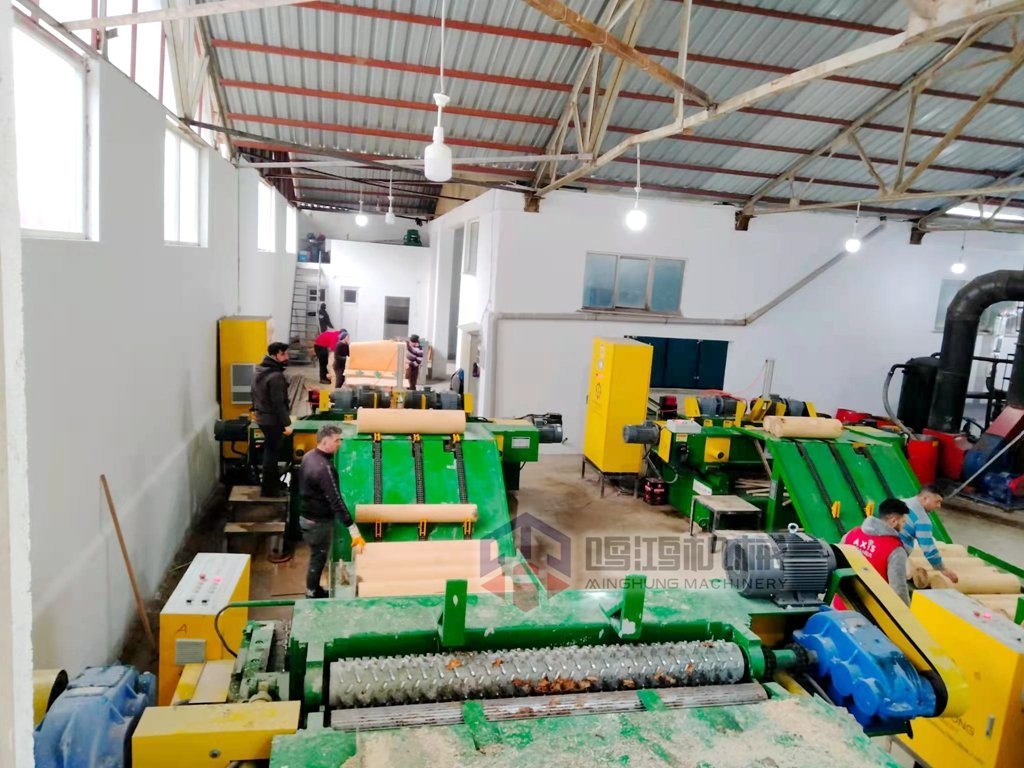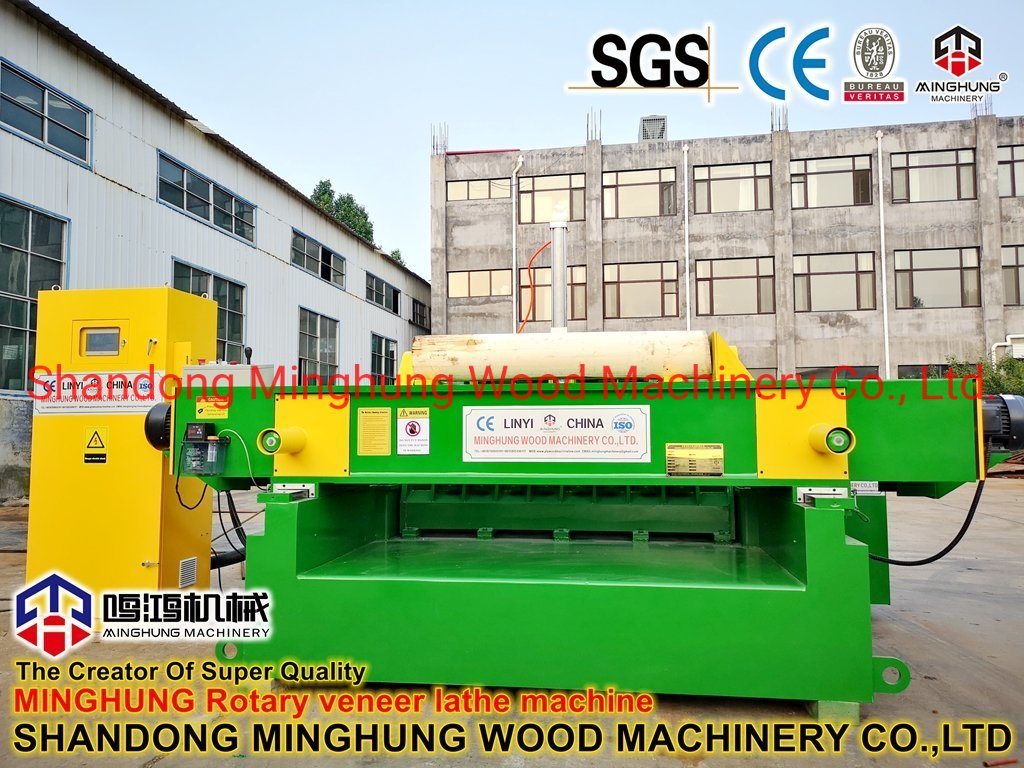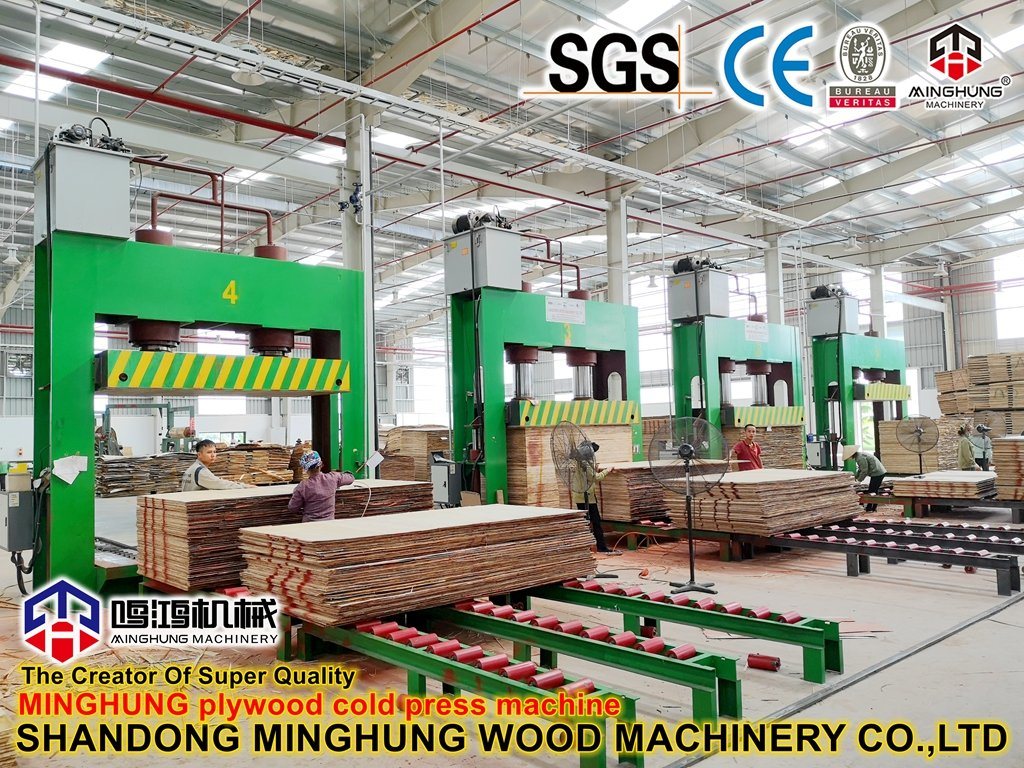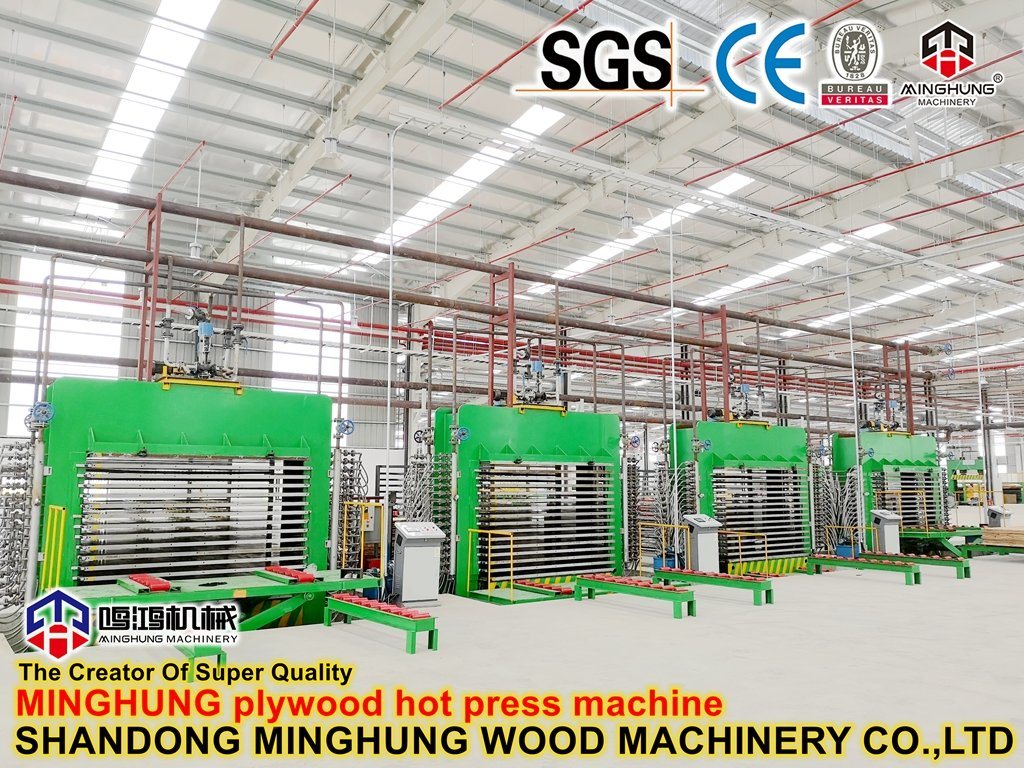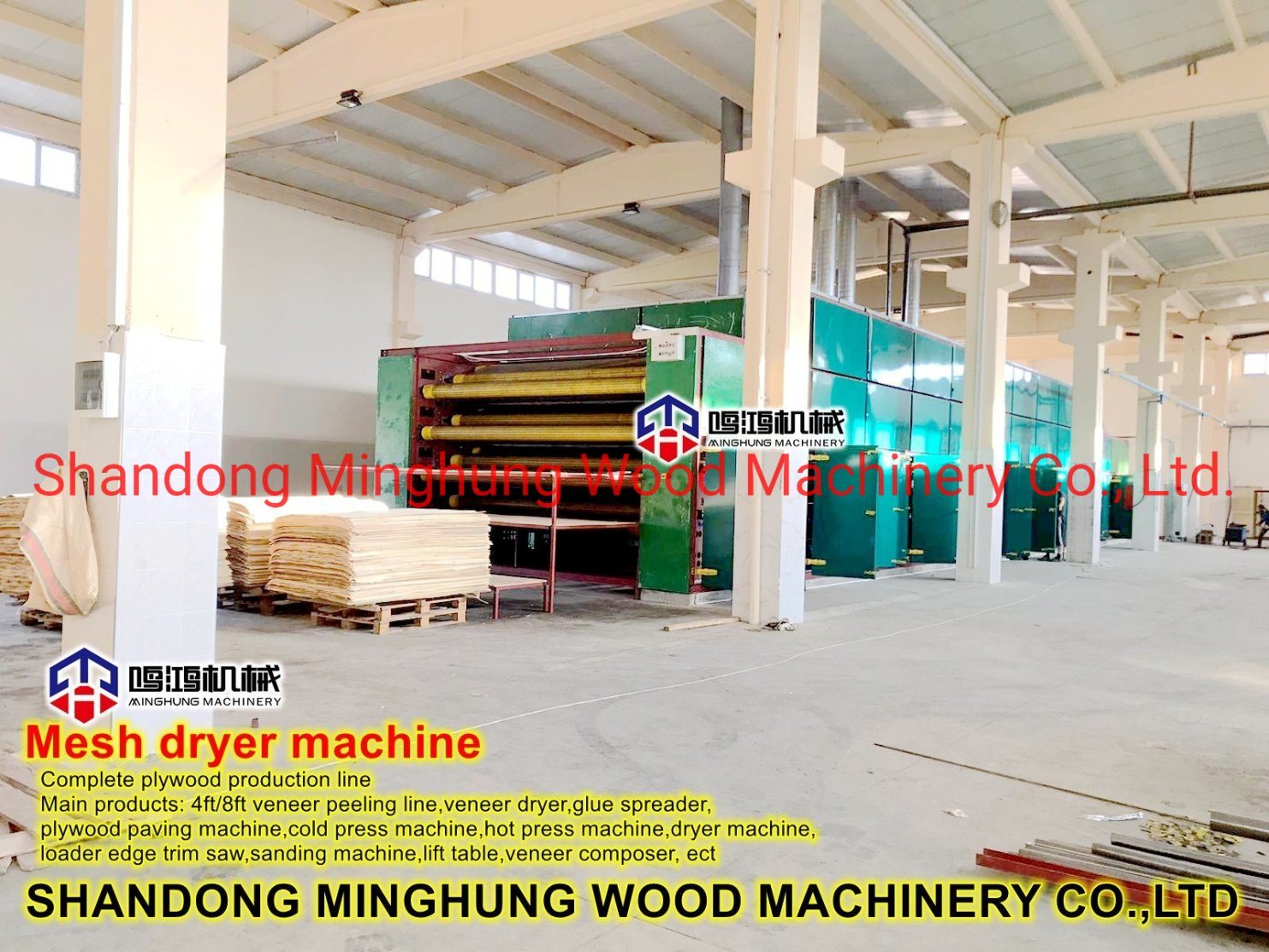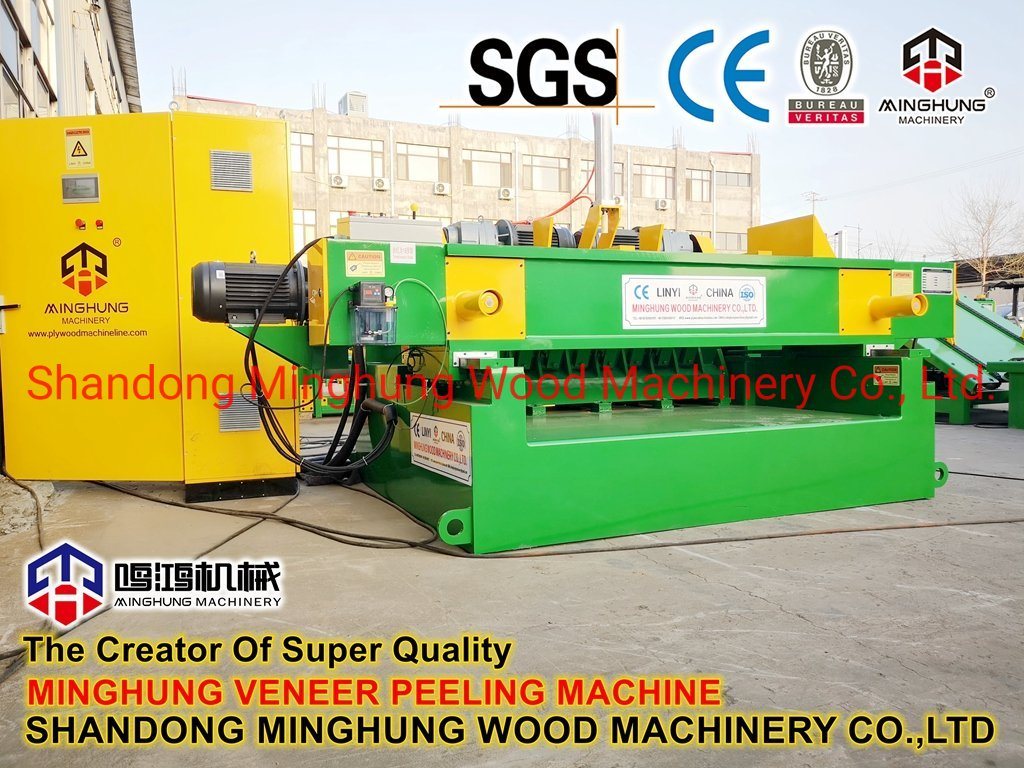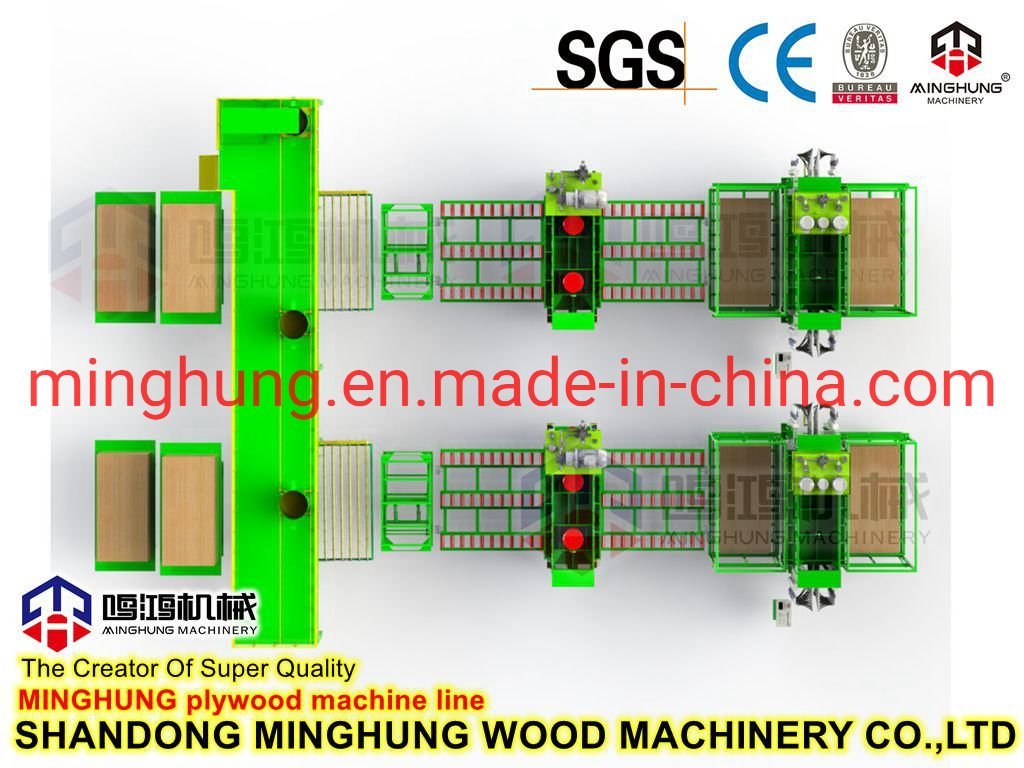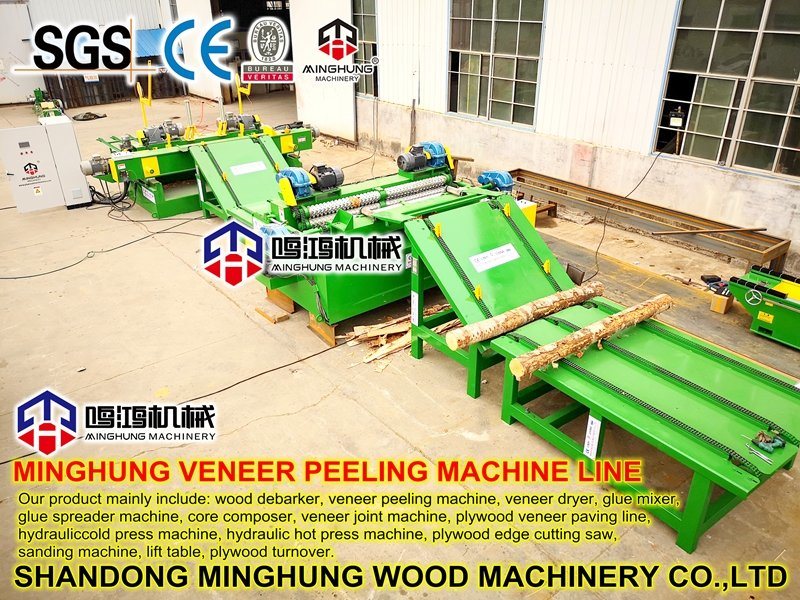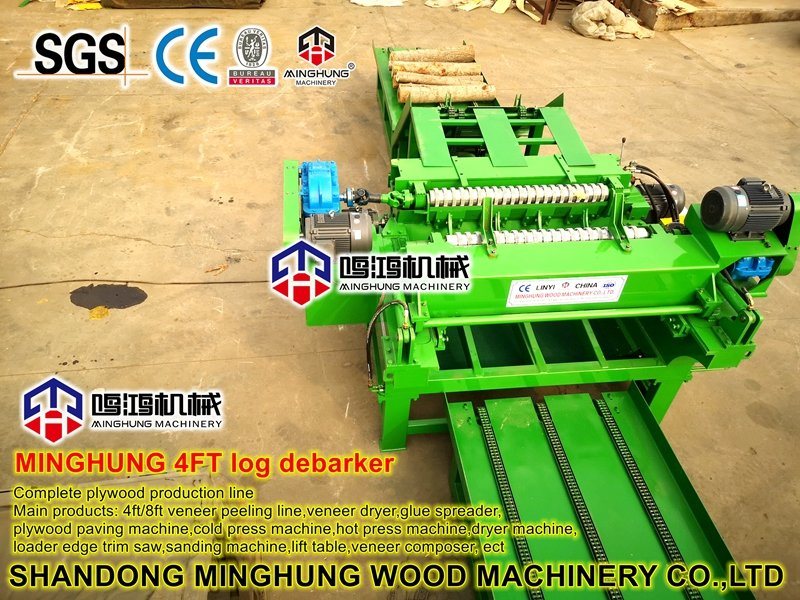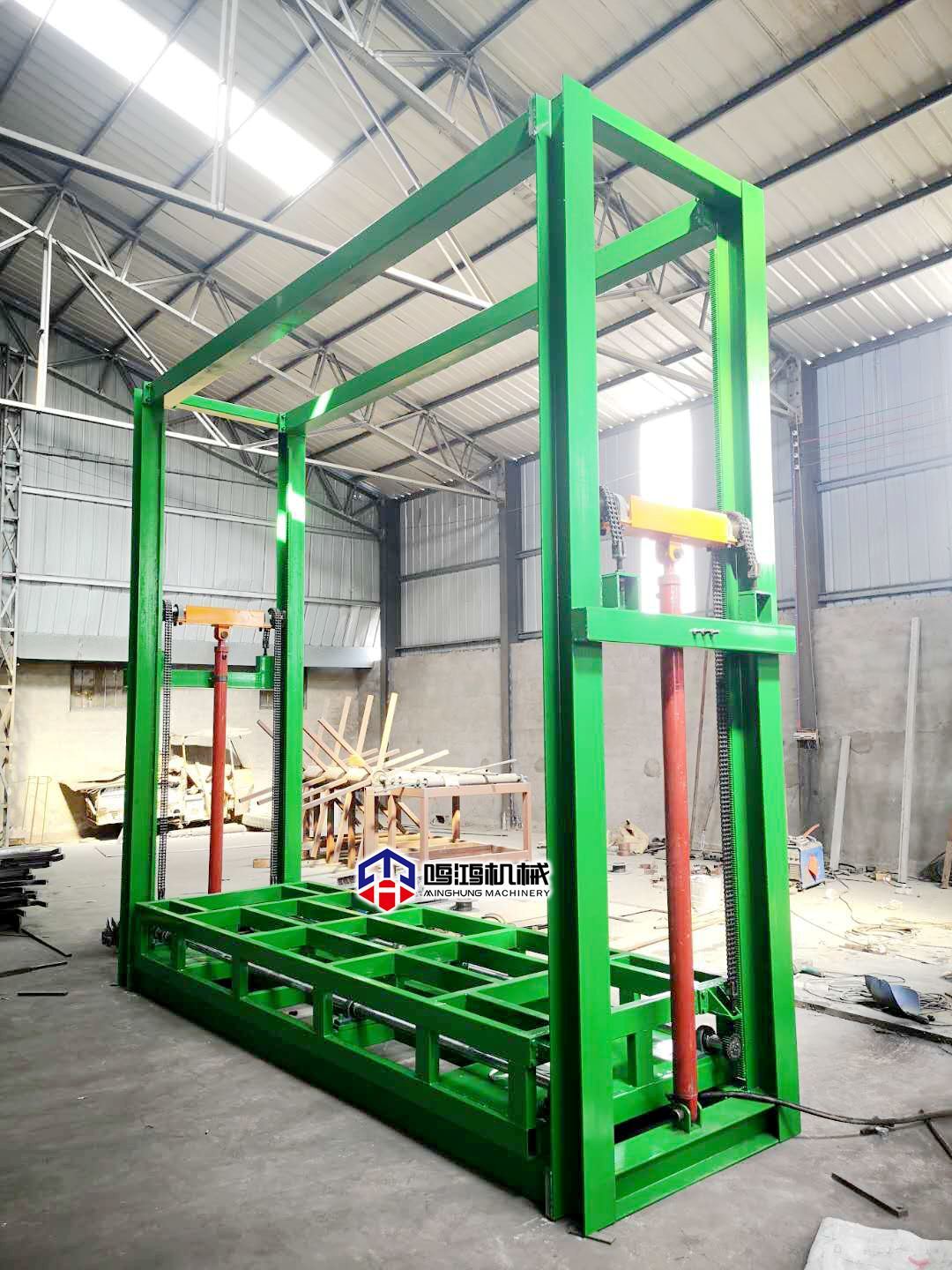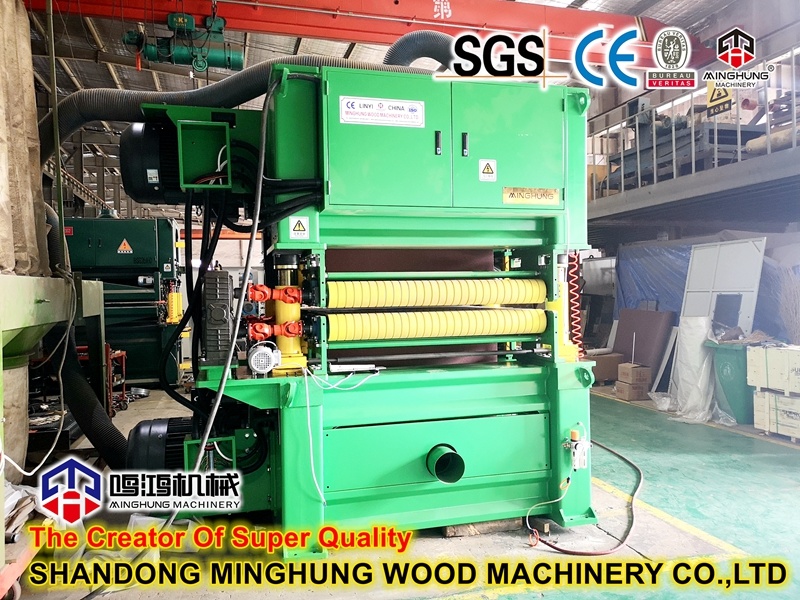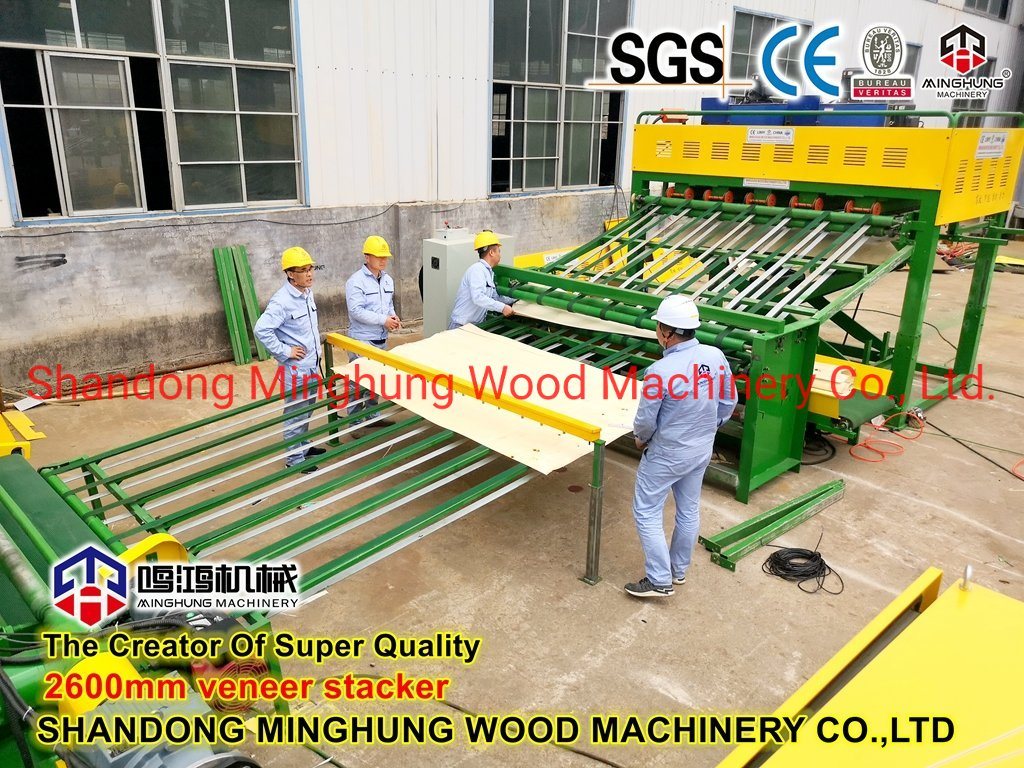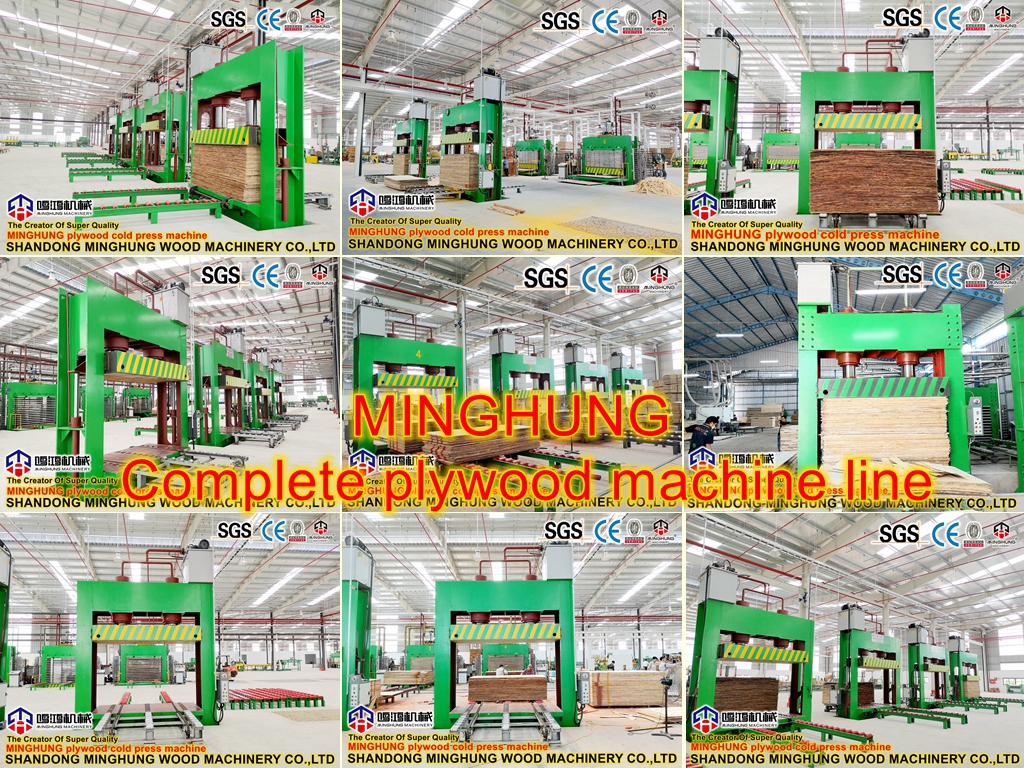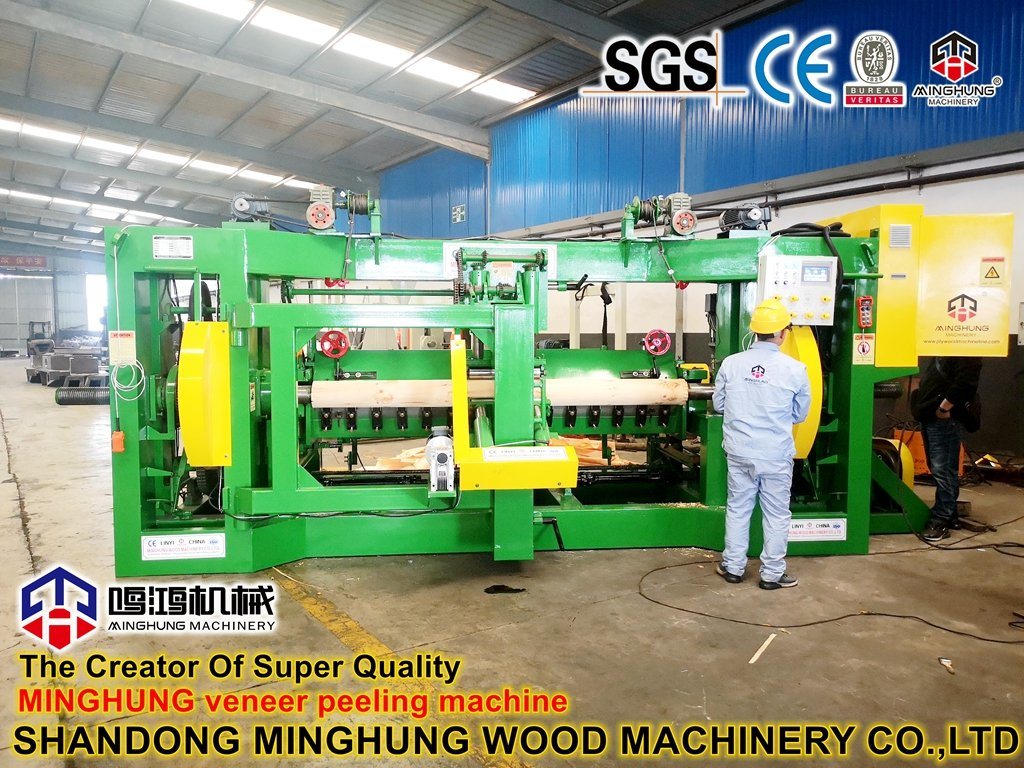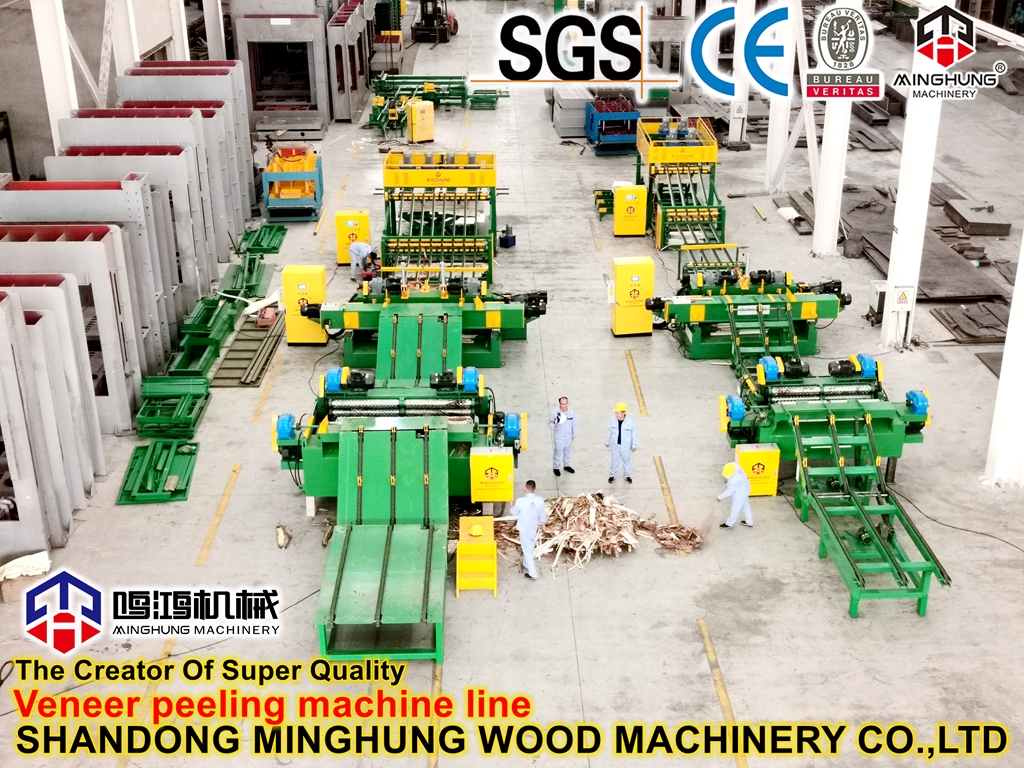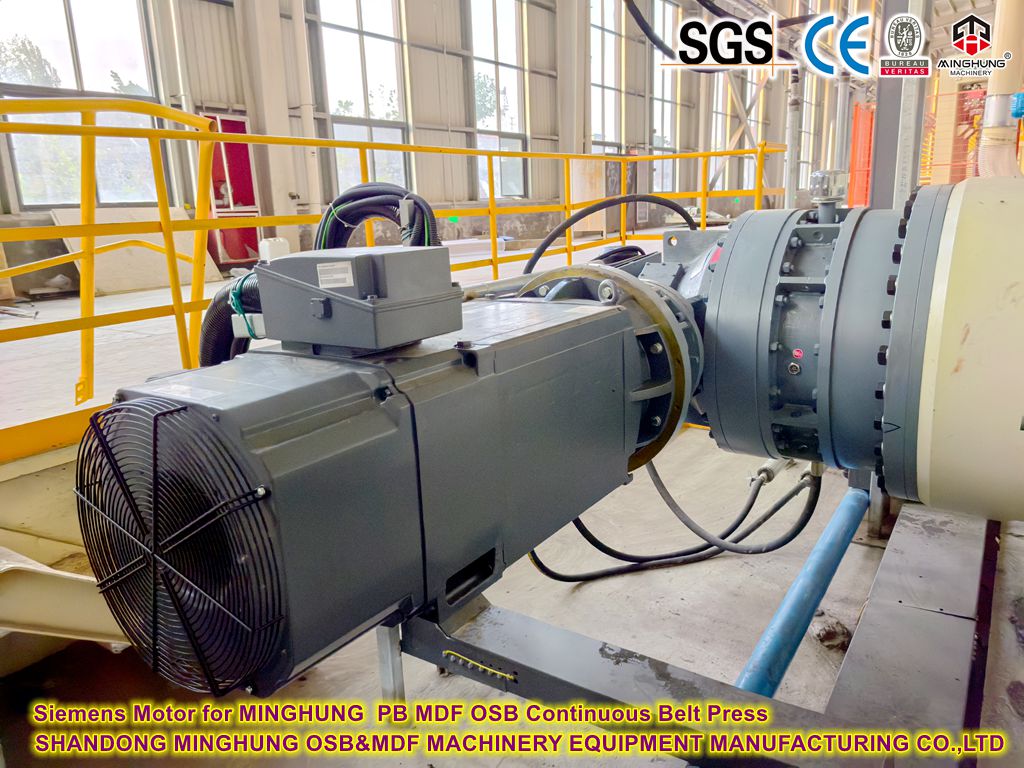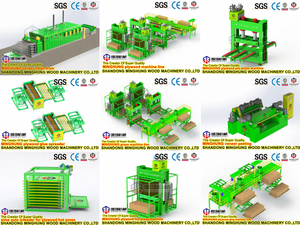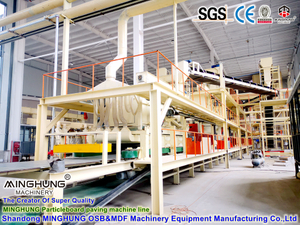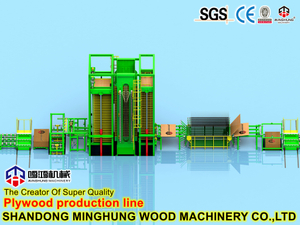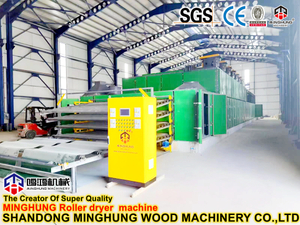Ⅱ. Core Customizable Parameters: Width, Pressure, Speed
1. Custom Width:
1.1 Definition: The maximum width of the MDF rough board (usually before trimming) the continuous press can produce.
1.2 Standard Range: Common standard widths are 8 feet (2440mm), 9 feet (2745mm), etc.
1.3 Customization Implementation:
Heated Platen Width Design: The length (width direction) of the core component – the upper and lower heated platens (often segmented) – is manufactured based on customer requirements.
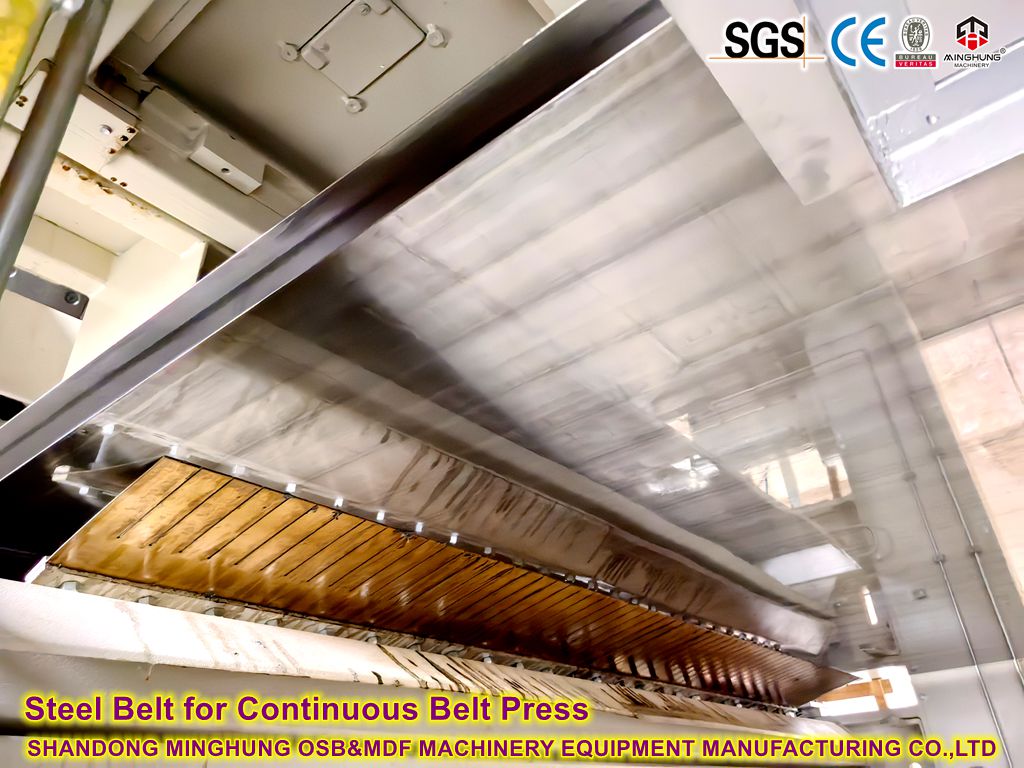
Frame Structure: The width of the press frame supporting the platens and providing the pressing force must match the custom width.
Forming Head Width: The fiber forming system must cover the full width of the custom platens to ensure uniform mat formation.
Steel Belt Width: The two large circulating steel belts conveying the mat into and through the press must be slightly wider than the custom width.
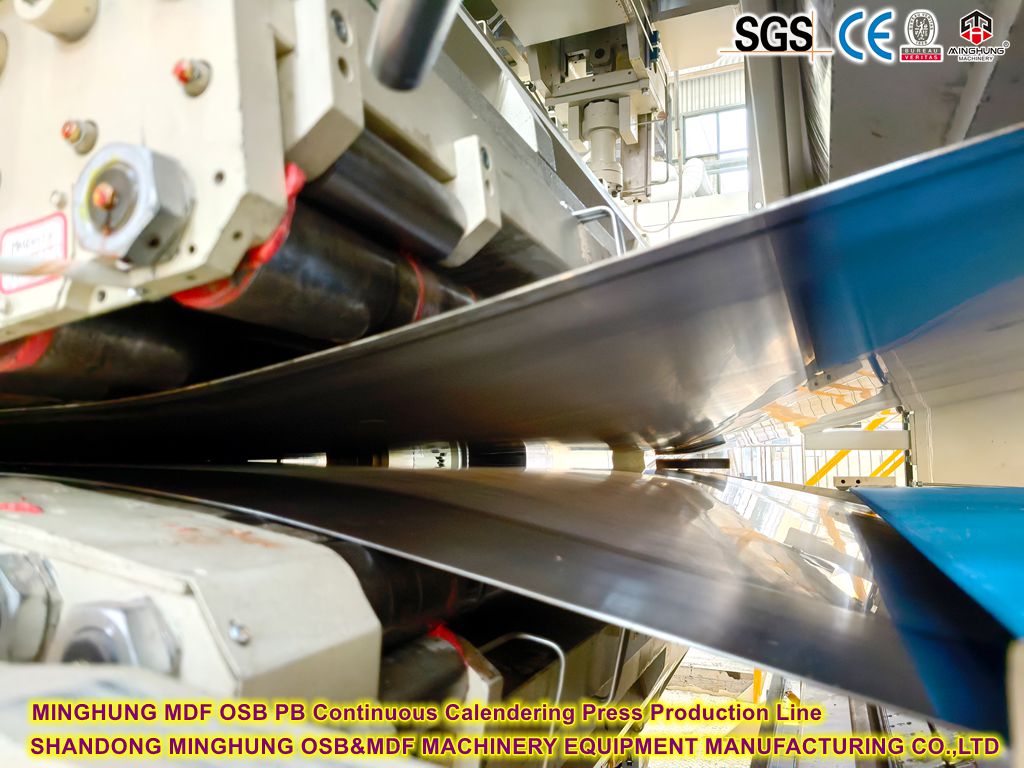
Downstream Equipment: Trimming saws, cross-cut saws, stackers, etc., must handle the custom width boards.
1.4 Significance of Customization:
Product Specifications: Enables production of special-width boards (e.g., oversized furniture panels, door cores, special construction boards).
Reduced Waste: Minimizes edge trim loss by precisely matching target product dimensions (especially for special orders).
Efficiency: Direct production of wide boards is more efficient and yields better quality than splicing for customers needing them.
Market Competitiveness: Provides unique product sizes competitors cannot produce.
2. Custom Pressure:
2.1 Definition: The force applied per unit area (usually N/mm² or MPa) to the mat during hot pressing. Pressure is critical for mat compaction, resin curing, and achieving target board density and physical/mechanical properties.
Standard Range: Maximum design pressure typically ranges from 3.5 MPa to 5.0 MPa or higher for MDF lines.
Customization Implementation:
Main Cylinders/Hydraulic System: The core power source applying pressure is the hydraulic cylinders (large presses have dozens). Custom pressure requires designing the number, diameter, stroke of cylinders, and the hydraulic system (pump pressure, flow, piping) to achieve the target max working pressure.
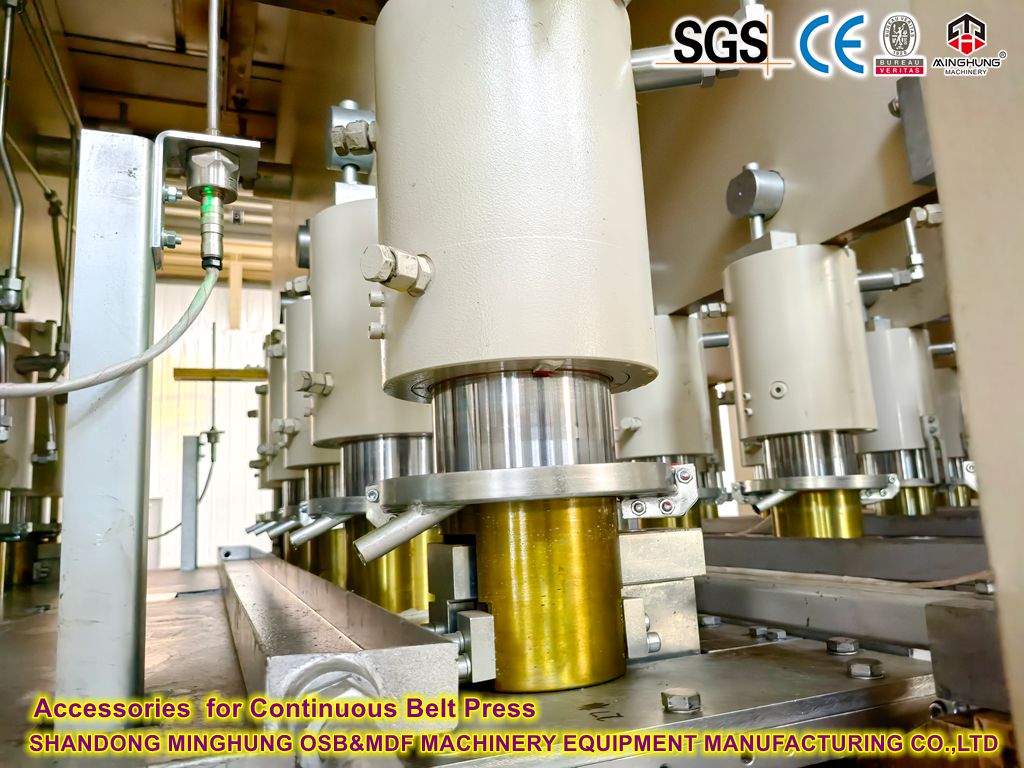
Frame Strength & Rigidity: Massive pressure demands an extremely robust and rigid frame to withstand force and prevent deflection. Higher custom pressure necessitates stronger frame design (thicker steel, optimized structure).
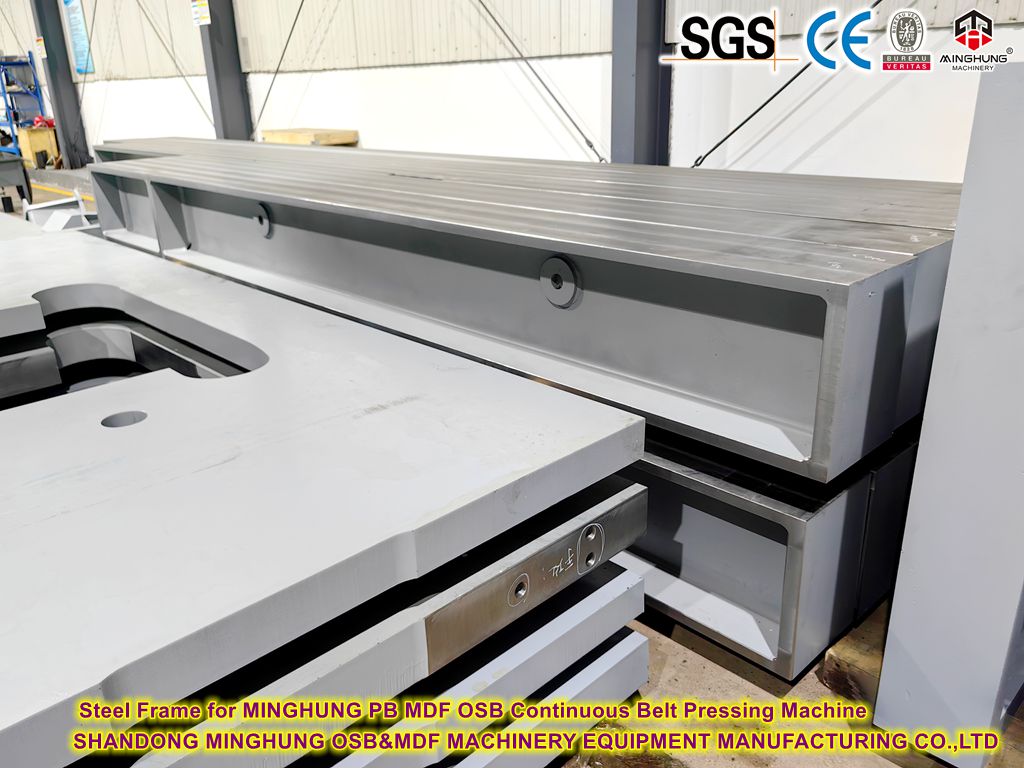
Heated Platen Design: Platens themselves must have sufficient strength and rigidity to remain flat under high pressure, requiring specific materials, thickness, and internal heating channel design.
Control System: Requires high-precision, fast-response hydraulic servo control systems to accurately achieve and regulate the pressure profile.
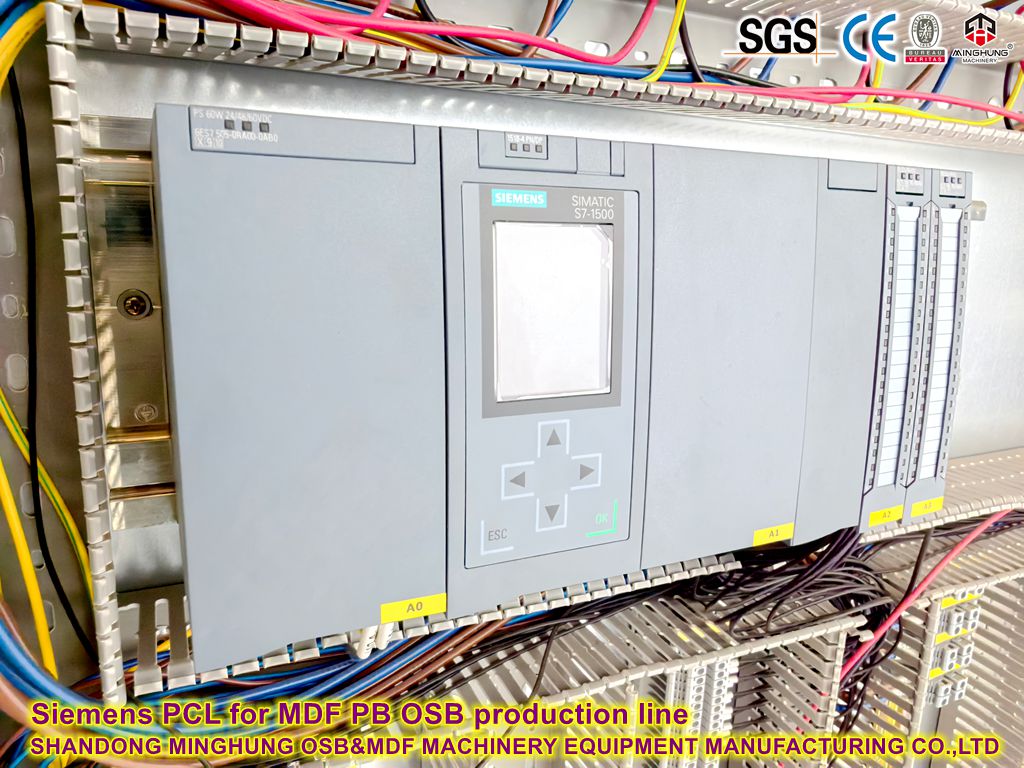
Significance of Customization:
Product Performance: Essential for producing high-density boards, ultra-thin boards, or special boards (e.g., moisture-resistant, fire-retardant often need higher pressure).
Production Efficiency: Higher pressure can sometimes shorten press time (especially during initial compaction) or allow pressing thicker boards in the same time.
Raw Material Adaptability: Necessary for achieving desired density with special fiber types (e.g., hardwoods) or recipes with fillers (e.g., mineral fibers).
Quality Stability: A powerful pressure system better compensates for mat formation inconsistencies, improving final board thickness uniformity.

